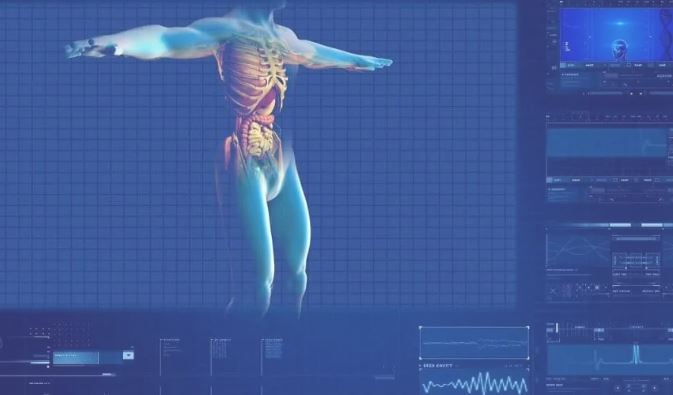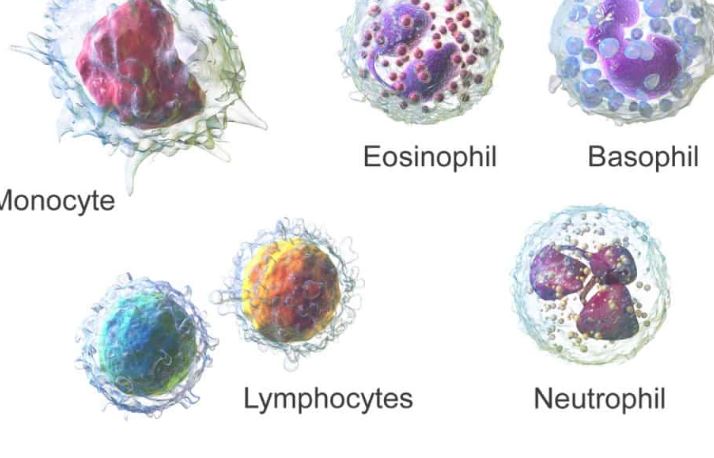Protein is the holy grail of fitness buffs and dieters alike. But what’s all the fuss? These protein facts will show you just what it is about this miracle of a molecule.
Keratin is a fibrous structural protein that makes up hair, nails, and the outer layer of our skin. In animals, it forms feathers, horns, claws, and hooves. It also protects epithelial cells from damage.
The bigger the bean, the more protein it has.
The longer, bigger, and older a legume grows, the more protein it has. Fully-grown roasted soybeans are the legumes most abundant protein, with 39.6 grams of protein for every 100 grams serving.
Beef used to be the most globally-consumed meat.
Now, that title belongs to pork.
Hemoglobin is a protein in red cells that carries oxygen from the lungs to the body’s cells and disposes of harmful waste products like carbon dioxide.
Protein lets you see.
Rhodopsin is a protein in our eyes helps us see light.
However, cannibalism was not really practiced because of diet or starvation. Historical instances of human meat consumption were symbolic or religious gestures.
The sperm also contains a protein that encourages women to ovulate.
Proteins often cause allergies.
Certain foods often cause allergies because the structure of their protein contents triggers immune responses. For example, many people are allergic to gluten, a protein found in wheat and grains.
Most microorganisms and plants are capable of synthesizing all 20 standard amino acids.
Dairy products such as milk, yogurt, and cheese are all sources of protein, but this particular cheese has the richest protein content. Low-sodium parmesan cheese contains 41.6 grams per 100 grams serving.
Tuna has the highest protein content for fish.
Bluefin and yellowfin tuna are especially rich in protein. Bluefin offers 29.91 grams of protein per 100 grams of dry-cooked fish, and yellowfin provides 29.15 grams. A few other contenders are the following: anchovies (29 gr), salmon (27 g), halibut (27 g) and tilapia (26 grams).
Seeds are a protein-rich snack.
Pumpkin seeds provide 33 grams of protein per 100 grams, while watermelon seeds provide around 28 grams per 100 grams.
The protein albumin keeps the entire human body from being swollen from liquids. In third world countries, protein diet and lack of food are common problems that cause the swelling of the abdomen from the lack of albumin and osmotic imbalance of body fluids.
Once protein is digested, it is broken down into its amino acids.
These amino acids are then reused to make the proteins your body needs to maintain muscles, bones, blood, and body organs.
Eating excessive protein can damage your organs.
Eating excessive protein than required will put stress on the kidneys and liver because these organs will work harder to break down the extra protein. Not only this, but the broken down protein will then be stored as body fat and result in weight gain.
There has been one recorded death from protein consumption: A 20-year-old hockey athlete died from ammonia poisoning due to a high-protein diet. Ammonia poisoning isn’t really an effect of too much protein, but in this case, the athlete had a rare genetic condition that prevents his body from metabolizing and synthesizing protein properly. The protein turned into ammonia in his system and ended up poisoning him.
Sonic the Hedgehog is a protein.
Gotta go fast! Sonic hedgehog is a secreted protein crucial to the development of animals and humans. It is responsible for the growth of digits and brain organization.
Pikachu is also a protein.
Pikachurin is a retinal protein named after the lightning Pokemon, Pikachu for its nimbleness. Good pikachurin bonds are crucial to good eyesight. Misaligned or misshapen bonds cause eye ailments

